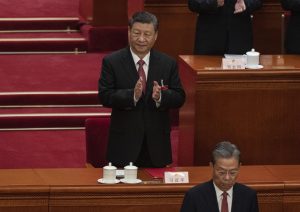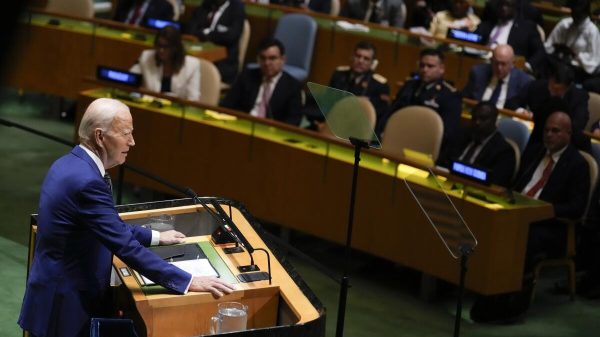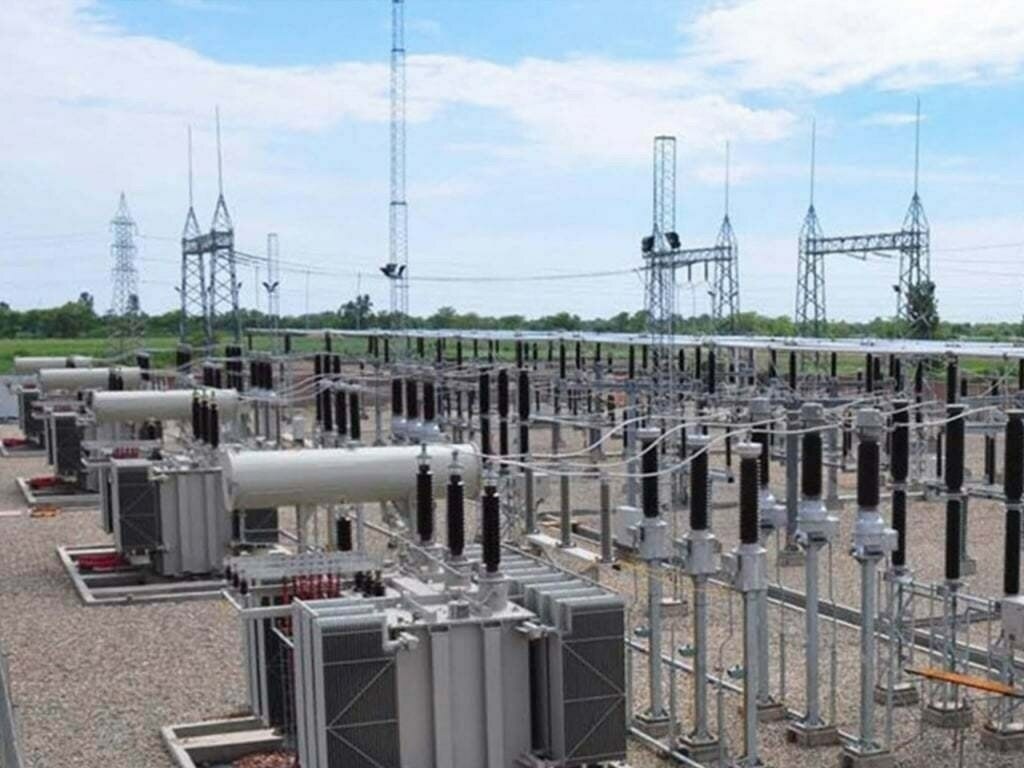President-elect Donald Trump now enters his term with a national mandate to reform the federal government, aiming to reduce taxpayer spending, improve efficiency, and ensure greater accountability to the American public. With $950 billion already allocated for national debt interest this year, addressing cost savings must be a key priority for 2025.
In the first 100 days of his administration, several actions should be prioritized to achieve these efficiency goals. The first action involves directing federal agencies to implement open recommendations from watchdog organizations that could save up to $208 billion.
According to the nonpartisan Government Accountability Office (GAO), there are over 5,200 open recommendations for agencies to improve government operations. If these were acted upon, GAO estimates that taxpayers could save between $106 billion and $208 billion.

Trump considers reviving his “one in, two out” policy to reduce regulatory red tape
Meanwhile, the Inspectors General have another 14,000 recommendations that could yield additional savings if addressed. By urging agency heads to take executive action to implement these recommendations, cost reductions could be realized.
Next, Trump should present a legislative reform package to Congress to address recommendations specifically for the legislative branch. While the executive branch can act on some GAO suggestions, others require legislative changes.
Over 200 GAO recommendations for Congress remain open, many of which could lead to savings, such as reforming Medicare payment rates to save $141 billion over the next decade. Enacting these changes could save close to $200 billion, and the Trump administration should push for this reform package.
The third priority would be initiating a government-wide effort to reduce regulatory burdens, harmonize rules, and streamline processes. Trump could reinstate his previous “one in, two out” regulatory policy to reduce unnecessary red tape.
However, more can be done, including expanding on some of the Biden administration’s successful initiatives. For example, efforts to harmonize federal cybersecurity regulations have reduced compliance costs and enhanced security. This model could be applied to other sectors, such as energy, to promote economic growth by cutting costs without sacrificing the benefits of regulation.
Additionally, Trump could extend the Health and Human Services Department’s “Regulatory Clean Up Initiative,” which uses artificial intelligence (AI) to identify regulatory areas ripe for streamlining.
The fourth action should involve issuing an executive order that mandates federal agencies to identify ways AI can be used to streamline operations, including automating positions that are currently filled by federal employees. According to an Accenture study, nearly 40% of public sector jobs have the potential for automation or augmentation.
The White House should direct agencies to begin planning for AI adoption, including addressing barriers to implementation and forecasting the potential reductions in the civil service through automation.
Finally, a thorough review of the federal budget should be initiated to identify and eliminate redundant or outdated programs. While the initial steps could yield short-term savings, a comprehensive review of all federal programs would help to identify wasteful or unnecessary spending in the long run.
The GAO has already identified over $660 billion in savings by spotlighting duplicative programs over the last 13 years. Additionally, the Congressional Budget Office recently found that Congress allocated over $500 billion last year to expired programs. A detailed review could lead to savings and prompt legislative action to update or eliminate inefficient programs.
Together with Elon Musk, Trump is expected to champion bold reforms through the Department of Government Efficiency. These initial steps, however, could yield immediate savings and set the stage for a larger transformation of the federal government over the next four years.























